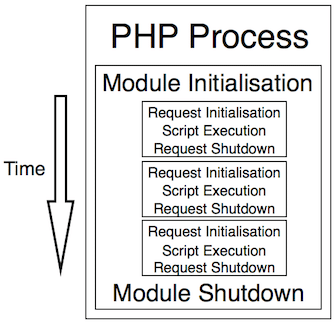leetcode 376. Wiggle Subsequence 最长摆动序列 + 动态规划DP + 这道题很棒
A sequence of numbers is called a wiggle sequence if the differences between successive numbers strictly alternate between positive and negative. The first difference (if one exists) may be either positive or negative. A sequence with fewer than two elements is trivially a wiggle sequence.
For example, [1,7,4,9,2,5] is a wiggle sequence because the differences (6,-3,5,-7,3) are alternately positive and negative. In contrast, [1,4,7,2,5] and [1,7,4,5,5] are not wiggle sequences, the first because its first two differences are positive and the second because its last difference is zero.
Given a sequence of integers, return the length of the longest subsequence that is a wiggle sequence. A subsequence is obtained by deleting some number of elements (eventually, also zero) from the original sequence, leaving the remaining elements in their original order.
Examples:
Input: [1,7,4,9,2,5]
Output: 6
The entire sequence is a wiggle sequence.
Input: [1,17,5,10,13,15,10,5,16,8]
Output: 7
There are several subsequences that achieve this length. One is [1,17,10,13,10,16,8].
Input: [1,2,3,4,5,6,7,8,9]
Output: 2
想了好久没想到怎么做,网上看到了一个DP的做法,真的很妙。
使用用up[i]和down[i]分别记录到第i个元素为止以上升沿和下降沿结束的最长“摆动”序列长度,遍历数组,如果nums[i]>nums[i-1],表明第i-1到第i个元素是上升的,因此up[i]只需在down[i-1]的基础上加1即可,而down[i]保持down[i-1]不变;如果nums[i]
/** 用up[i]和down[i]分别记录到第i个元素为止以上升沿和下降沿结束的最长“摆动”* 序列长度,遍历数组,如果nums[i]>nums[i-1],表明第i-1到第i个元素是上升的,* 因此up[i]只需在down[i-1]的基础上加1即可,而down[i]保持down[i-1]不变;* 如果nums[i]<nums[i-1],表明第i-1到第i个元素是下降的,因此down[i]* 只需在up[i-1]的基础上加1即可,而up[i]保持up[i-1]不变;如果nums[i]==nums[i-1],* 则up[i]保持up[i-1],down[i]保持down[i-1]。比较最终以上升沿和下降沿结束的* 最长“摆动”序列长度即可获取最终结果* */class Solution{public int wiggleMaxLength(int[] nums){if(nums==null || nums.length<=0)return 0;int[] up=new int[nums.length];int[] down=new int[nums.length];up[0]=down[0]=1;for(int i=1;i<nums.length;i++){if(nums[i]>nums[i-1]){up[i]=down[i-1]+1;down[i]=down[i-1];}else if(nums[i]<nums[i-1]){up[i]=up[i-1];down[i]=up[i-1]+1;}else{up[i]=up[i-1];down[i]=down[i-1];}}return Math.max(up[nums.length-1], down[nums.length-1]);}}
下面是C++的做法
很明显这就是一个动态规划DP问题,但是没想清楚怎么做,看了一下答案,就是这么做,这道题太棒啦,很值得学习和反思
代码如下:
#include <iostream>#include <vector>#include <map>#include <unordered_map>#include <set>#include <unordered_set>#include <queue>#include <stack>#include <string>#include <climits>#include <algorithm>#include <sstream>#include <functional>#include <bitset>#include <numeric>#include <cmath>#include <regex>using namespace std;class Solution{public:int wiggleMaxLength(vector<int>& nums){if (nums.size() <= 1)return nums.size();vector<int> up(nums.size(), 0);vector<int> down(nums.size(), 0);up[0] = down[0] = 1;for (int i = 1; i < nums.size(); i++){if (nums[i] > nums[i - 1]){up[i] = down[i - 1] + 1;down[i] = down[i - 1];}else if (nums[i] < nums[i - 1]){up[i] = up[i-1];down[i] = up[i - 1] + 1;}else{up[i] = up[i - 1];down[i] = down[i - 1];}}return max(up.back(), down.back());}};



































还没有评论,来说两句吧...